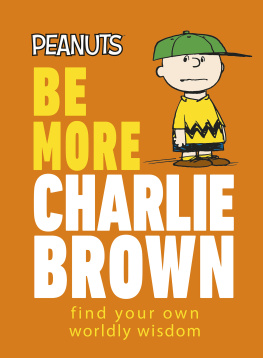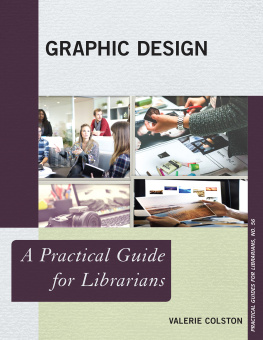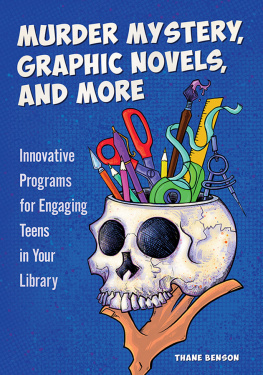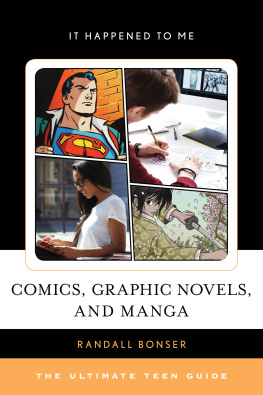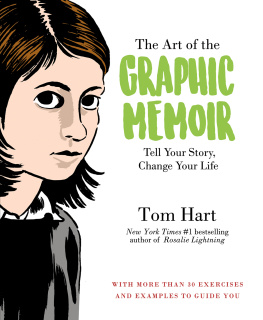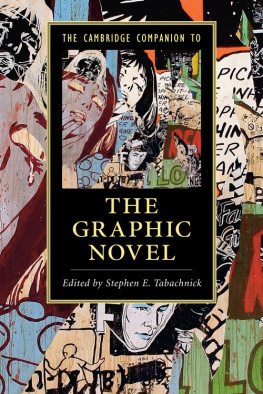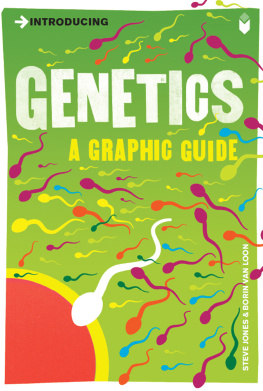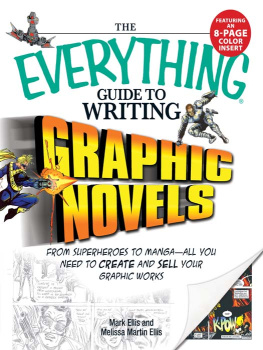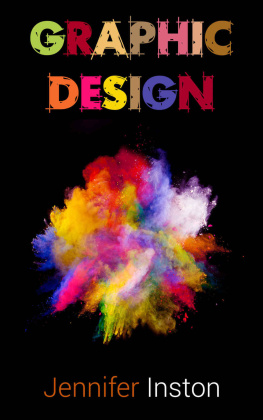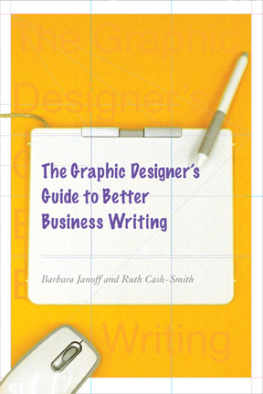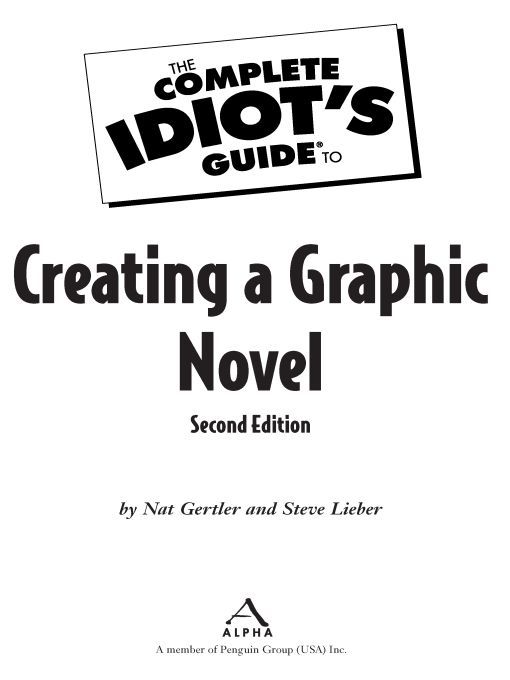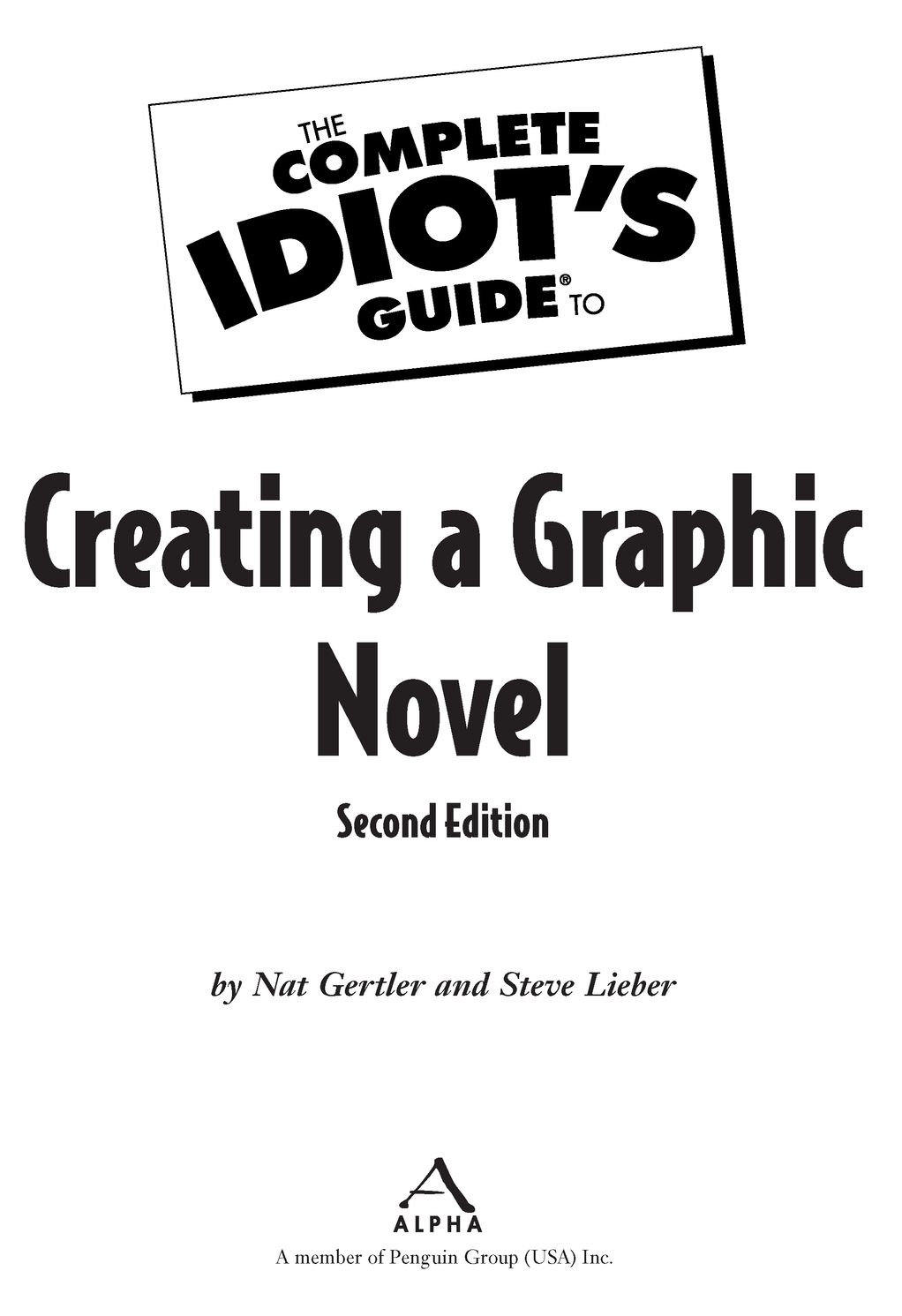Table of Contents
To Lara, who put up with me.Nat
To Sara, who put up with me.Steve
Foreword
When I was a young idiot and learning my craft, there was no such thing as a guide to creating a graphic novel.
In fact, in those days, there was no such thing as a graphic novel. All we had were comic books, plain and simple. Crudely printed and garish, reviled by parents and teachers, they were widely perceived as being produced by and for idiots. Despite these drawbacksor perhaps because of themthe fans knew that these objects were more than mass-produced disposable fodder for the hard of thinking.
We who loved the medium could distinguish between artists and writers and even letterers back in those days, when no one was given or, conceivably, asked for any credit for their work. We could follow convoluted continuities, appreciate resonances in words and pictures, follow the evolution of creators and characters, and assiduously preserve and collect the issues we loved.
A few of us fans even aspired to work in the medium ourselves, despite the unlikelihood of that ever becoming a realitynot least because there was no clear point of entry, let alone any course of study or training which might give us the skills required to emulate our idols. For most aspirants, blatant copying was the most obvious route to take. In my case, I would imitate entire stories, line for line, only changing details of the protagonists costumes and facial features in a futile attempt to disguise my plagiarism.
Back then, even the most rudimentary aspects of production were unknown to the hopeful artist. For instance, I drew most of my attempts at the size of a printed comic book, not discovering until years later that real comic artwork was drawn at a size far larger. Still, if my eyesight suffered, my hand control probably benefited.
Like my peers, I would devour books on figure drawing, perspective, and composition. The local art store carried a few Walter T. Foster books on cartooning, which gave frustratingly meager information about tools and techniques, and once in a while an actual comic book would show an artist at work or have a page of How I Draw instruction.
Slowly, though, through trial and error, we learnt. And some of us, with a generous helping of luck, finally broke into the business; befriended other tyros and seasoned pros; and shared knowledge, tips, and techniques. Eventually, too, comics themselves grew up and mutated into graphic novels, finally finding shelf space in real bookstores and being discussed as literature and art by mainstream critics.
Anybody wanting to break into the field now is doubly blessed; not only are there graphic novels of every shade and genrefrom the traditional adventure staples to intense autobiographical memoirsto inspire, but there are also a raft of instructional books that leave no pen nib or pixel unturned in their mission to educate the would-be graphic novelist.
I cant break my lifetimes self-educating habit of reading every one of those books that I can find, and Im here to tell you that none is as comprehensive or as focused as the volume youre holding in your hands now. I cant imagine a better grounding in the skills and secrets of the field than this guide.
I might not be a complete idiot now, but even after more than 30 years of experience, Ive learnt plenty from it. Theres no question that you will, too.
Dave Gibbons, co-creator, Watchmen
May 2009
Introduction
Youre not an idiot. Youre just someone who wants to know more than you do about creating graphic novels. You probably have some ideas about creating graphic novels yourself, and want to know how to go about it. I understand. Ive been there myself.
To give you a full picture of the creation process, this book has two main authors. Im Nat Gertler, and Ill tell you about writing and producing graphic novels, because thats what I do. Ive written comic books and graphic novels for literally dozens of publishers. Im also the one-man company known as About Comics, producer and publisher of graphic novels.
Doing a mighty job showing you the all-important art portion of graphic novels is apple-fritter-eatin Steve Lieber. Steve is a veteran graphic storyteller, having drawn tales about everyone from the Batman to the inventors of the atom bomb. Between the two of us, weve done just about everything there is to do in comics, and where theres something we havent done, weve called in an expert friend to tell you about it.
Sidebars
A sidebar is a separate bit of text presented alongside the main text. In this book, we use several different types of sidebars. For example, in Wha ? sidebars like this one, were putting definitions of special terms and graphic novel lingo.
Steve Sez: Sez Who?
Im Steve. If you see a little sidebar like this one, thats me interjecting an artists point of view into a chapter written by Nat. I might use it to suggest a way of writing that makes things easier for an artist, for example, or I can point out that I dont actually eat apple fritters. Meanwhile, Nat has his own Nat Sez sidebars for pudding-lovin writer/publisher insight in the chapters that I write.
What the Book Does
This book shows you how graphic novels get made, from the very beginning of the concept to the end result that you can hold in your hands. In Part 1, Planning Your Novel, we tell you about planning your graphic novel, including how to work out your story concept and how to find collaborators if you need them.
I show you how to write graphic novels in Part 2, The Writers Art. Here, you learn to plan the details of the plot, work out the dialogue, and put things in a script form.
In Part 3, Putting It in Pencil, Steve shows you the first stage of the traditional drawing process. Youll see how to lay out the page by figuring out where the panels go and composing the content of each panel. Youll learn about drawing comics with a pencil, where you can make plenty of mistakes without causing a real problem (unless theres a worldwide eraser shortage). This part has plenty of tricks you can use and traps to avoid in crafting and telling your story.
Tip-Top Tip
Check out these sidebars to see tips and tricks to help you work better, faster, and smarter.
In Part 4, Polishing the Pages, you learn about finishing the art. You learn not only how to ink your pencil drawings to sharpen them and make them reproducible, but also how to add text and colors.
A Novel Example
We use these sidebars to recommend graphic novels that show good examples of what were talking about in the text. For instance, if we were discussing the concept of Steve-y goodness, I might suggest you go to the store and ask for a copy of the Antarctic crime thriller graphic novel


